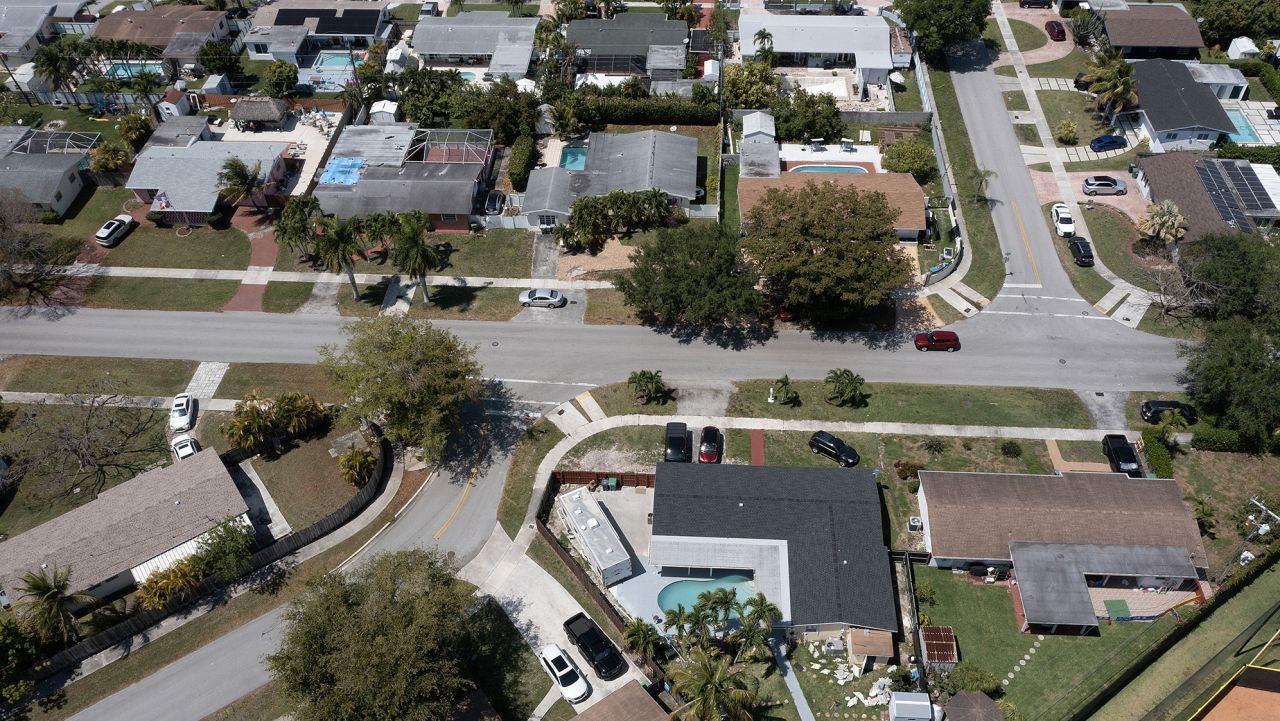Mortgage rates ticked down last week for the second week in a row, as progress on inflation is keeping rates calmer.
The 30-year fixed-rate mortgage averaged 6.35% in the week ending May 11, down from 6.39% the week before, according to data from Freddie Mac released Thursday. A year ago, the 30-year fixed-rate was 5.30%.
“This week’s decrease continues a recent sideways trend in mortgage rates, which is a welcome departure from the record increases of last year,” said Sam Khater, Freddie Mac’s chief economist.
Mortgage rates topped 5% for the first time since 2011 a little more than a year ago, and have remained over 5% for all but one week during the past year. Since then they have gone as high as 7.08%, last reached in November. But over the last month rates have averaged about 6.37% and have been going up and down, but staying under 6.5%.
“While inflation remains elevated, its rate of growth has moderated and is expected to decelerate over the remainder of 2023,” Khater added. “This should bode well for the trajectory of mortgage rates over the long term.”
The average mortgage rate is based on mortgage applications that Freddie Mac receives from thousands of lenders across the country. The survey includes only borrowers who put 20% down and have excellent credit.
Inflation is cooling
The rate for a fixed-rate 30-year loan held relatively steady at the lower end of the 6% range this week because the inflation picture is showing expected improvement.
“In light of a strong jobs report last week, April’s Consumer Price Index data reinforced that we are very likely at the end of the tightening cycle,” said Jiayi Xu, an economist at Realtor.com.
On Wednesday the Bureau of Labor Statistics said that headline CPI climbed by 4.9% in April year over year, slowing for the 10th consecutive month and hitting its lowest level in two years.
“While the US economy is moving in the right direction, the pace of improvement is likely slower than desired by the Federal Reserve, and inflation still remains significantly above the target of 2%,” said Xu. “As long as the economy continues to see progress on inflation, it is expected that mortgage rates will remain toward the lower end of the 6-7% range.”
Home sellers still “locked-in”
While mortgage rates have stayed under 6.5% for a month, they are about one percentage point above what some economists see as a tipping point of 5.5% rates that would motivate homeowners to sell.
Many homeowners bought or refinanced into ultra-low interest rates during the past few years. The idea of giving that up and buying another house at 5.5% sounds a lot better to them than buying something at 6.5%.
But buyers are responding positively when rates tick down, and both refinance and purchase applications saw strong gains last week, according to the Mortgage Bankers Association.
“The decline in mortgage rates is good news for prospective homebuyers, but housing supply is still too low in many parts of the country,” said Bob Broeksmit, MBA President and CEO. “Housing construction has slowed, and some would-be sellers are delaying decisions because of economic uncertainty and an unwillingness to give up their low-rate mortgage.”
In addition to the “locked-in effect” of mortgage rates, sellers are facing another issue caused by high inflation: the increasing costs of home improvements prior to selling.
A recent survey from Realtor.com shows that improving homes before selling is one of the top concerns among sellers.
“In April 2023, the household furnishing and supplies index increased 4.8% over the prior year, a welcomed improvement compared to the preceding two months, during which the growth in household furnishing exceeded the overall inflation rate,” said Xu.
However, certain items, such as floor covering, still experienced a faster price growth of 9.9% higher than a year ago.
“While this issue primarily affects sellers, buyers may also suffer the consequences, as the high cost of home repairs are likely to be passed on to them in the end.”
























